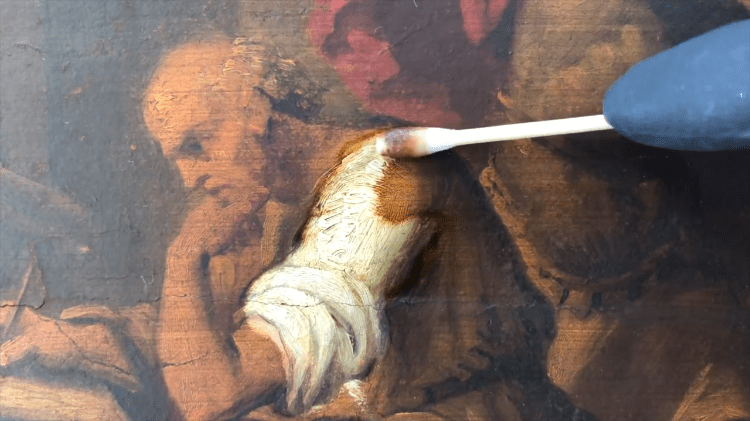Since the disastrous Special Called Session of the General Conference in 2019, a new longing for a different way of being the United Methodist Church has emerged. In the months since the conference has adjourned, a bevy of new proposals to reform and reshape the Methodist movement have come forward. As a reserve delegate to the Jurisdictional Conference, I am privy to the conversations about all these potential new forms of the church. While there is a place for the conversation about legislative strategy and process, the aspiration of what the church must become continues to be detached from its most essential expression, the local church.
While our systems and leaders often acknowledge the decline in our local churches, there has been far too little action to respond to this crisis which has evolved over the last fifty years. The local church continues to surge in growth both in the United States and abroad with Non-Caucasian ethnic groups. Meanwhile, the Caucasian European church here in the US continues its rapid decline. The scarcity of passionate discipleship and innovative leadership, along with a twisted form of connectionalism have all taken their toll on the local church. I fear that the centrality of the local church has been practically lost.
I aspire to see the local church take center stage in our life together. This would mean aligning our energies to foster passionate discipleship in our local churches. In my travels, I find so many lay people in our congregations longing for a deeper spiritual life which can fuel their service to others and the world in the Name of Jesus Christ. Reconnecting to our deepest roots of discipleship and spiritual formation are key to a new vision of the Methodist movement. Our very name “Methodist” reflects our deepest commitment to the “method” of disciple-making. The discipling and equipping of laity for the mission of the church must take center stage for our clergy. We must all aspire to see a church that is deeply grounded in a mature faith which finds its expression in selfless service to a hurting world.
I aspire to see our churches innovate at a new level. There are moments that give me hope. When new churches begin their efforts by simply learning their new communities before launching into traditional efforts of church planting, I see innovation emerging. These innovative leaders, both lay and clergy, can lead us to reengage with our world. We must all aspire to create a church that is both transcendent and relevant. Innovative leadership touches the real hurts of our communities in a way that point toward a new way of living and being in Christ. Our churches, seminaries, boards of ordained ministry, bishops, and cabinets must break new ground to recruit and engage these innovative leaders. We can no longer curate the past. Our local churches and ministries are the front line of innovation.
I aspire to see a connectional church that embraces an inversion. A flipping. The primary way our local churches experience connectionalism is in the payment of apportionments. While our church membership and attendance has been halved in the last fifty years, connectional spending does not match this decline. We must invert the connection. The connection must do two things: 1) resource the local church for passionate discipleship and service and 2) give the local church the ability to do things it could never do alone. Our connectional system will likely be changed by the “protocol” or some other proposal before General Conference. We must be vigilant to not simply rebuild the same systems that are doing nothing to advance the work of the local church.
Without vital local congregations and communities our efforts toward a new expression of Methodism are futile. This is a pivotal moment for United Methodists. In this moment, we can aspire to be in a church that focuses its efforts on local expressions of faith. The time has come to restore the local church. I believe that God has called me to use my leadership gifts, as a Bishop, to be a part of restoring the local church. Over the next several months, I will offer a potential episcopal vision of how we can create the kind of church described here. We all aspire to create a restored church that engages this world with the grace and love of God. Let us pray that we can discern our path toward God’s vision of a restored church in the Wesleyan way.


Are you running for Bishop? Best of luck!
I’m not sure how one “runs” to be Bishop, but I do believe that I can help serve the church by being a Bishop. 😉
Craig. I appreciate your vision. It’s nice to hear. Kathy